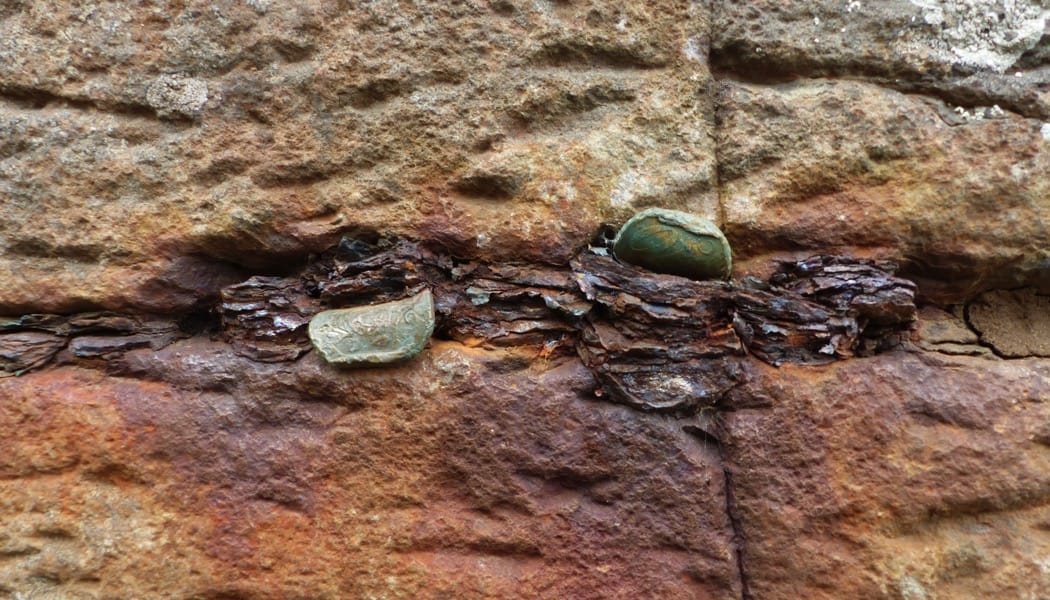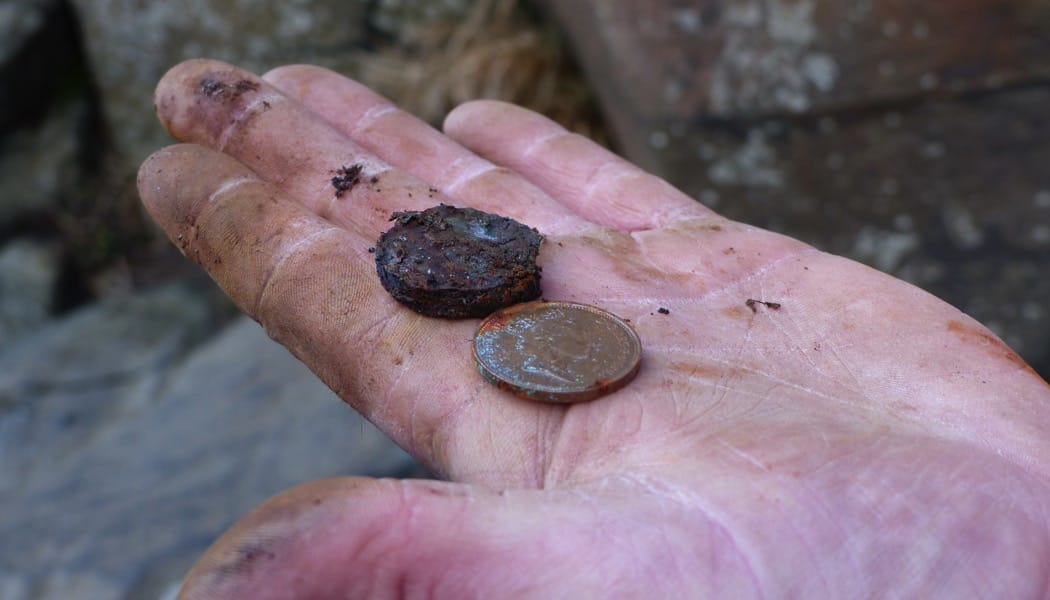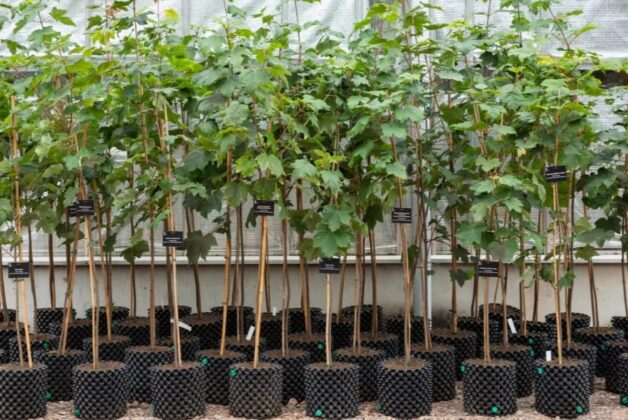Image: Giants Causeway coins showing expansion with corrosion 02 © National Trust
National Trust launches appeal to stop visitors leaving coins after concerning damage report
The National Trust has launched an appeal to visitors to stop inserting coins into the cracks of Giant’s Causeway, a practice which some visitors believe brings good luck.
The appeal comes after a British Geological Survey report concluded the practice is causing significant damage to the World Heritage Site’s basalt rock formations.
The report found that coins wedged into joints and cracks are causing fracturing and disintegration of the surrounding rock through what researchers term “expansive delamination of the coins upon oxidation”.
Dr Cliff Henry, National Trust Nature Engagement Officer at the Giant’s Causeway, explained that the coins rust and expand to three times their original thickness, creating pressure that causes the rock to crumble.
“The coins are rusting, and expanding to three times their original thickness, which puts huge pressure on the surrounding rock causing it to crumble. Unsightly streaks of copper, nickel and iron oxides are also staining the stones where the coins are corroding,” Dr Henry said.
The damage is particularly accelerated due to exposure to saltwater spray and the mixed metal composition of modern coins.
“When coins start to corrode, the steel often corrodes faster and separates from the different metal of the outer layer. This delamination causes the basalt to flake.
The National Trust, working with Causeway Coast and Glens Heritage Trust, has completed a trial removal of coins from ten test locations using stone conservation specialists. The organisation now plans to extend the removal programme across the entire site whilst simultaneously appealing to visitors to cease the practice.
“We know that visitors really love and cherish the Giant’s Causeway, and many form deep personal connections to this special landscape. We know some may want to leave a token of their visit, but the coins are causing damage and we are urging people to stop the practice and to leave no trace so this natural wonder remains special for future generations,” Dr Henry said.
The Giant’s Causeway comprises more than 40,000 basalt columns and holds multiple conservation designations including UNESCO World Heritage Site status, Area of Special Scientific Interest, Special Area of Conservation, Natural Nature Reserve, and forms part of the Causeway Coast Area of Outstanding Natural Beauty.

The Trust hopes that the reduced visibility of coins, combined with visitor education, will address the problem.
“It is hoped that if visitors see fewer coins in the stones and hear appeals to stop the damaging practice the problem can be solved,” the organisation stated.
Dr Henry concluded: “We protect and care for places so people and nature can thrive. We are appealing to visitors to help us protect the World Heritage Site by stopping the practice of inserting coins into the Causeway stones.”




